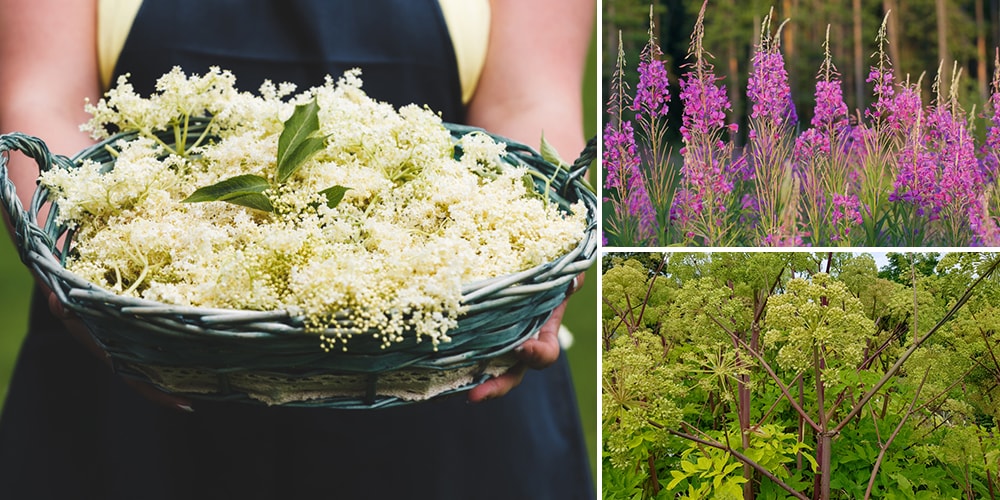
20 Plants You Never Would Have Guessed Are Edible
Wild plants are so abundant all around us that we pass most of them as ordinary and some as almost worthless. But many of them are edible! If you know what to look out for, there is no reason why you would have to stay hungry outdoors. If you love eating wild plants, then this article is your treasure. It might be a surprise to see that there are so many different wild edible plants, even around your house.
Calendula
Calendula or pot marigold (Calendula officinalis) is an ornamental plant cultivated for medicinal and gardening purposes. But there is more to calendula than just its sweet summery aroma and beautiful golden blooms. Its flowers, especially the petals, are edible with a slightly peppery taste. Calendula petals give color to salads, scrambled eggs, and salsas. It can be added to butter to make an herbal compound with amazing medicinal benefits. Calendula leaves, on the other hand, are bitter-tasting yet they are also edible.
Marigold
Marigold (Tagetes erecta) shares a common name with calendula but they are different plants. They bear similar golden flowers. However, calendula has long, flat and bowl-shaped petals while marigold flowers are wavy and with rounded corners.
Like calendula, marigold also has culinary uses. Its flowers and extracts are used in many baked goods and food processing techniques. Its pigment is so potent that it is used as a coloring and a substitute for saffron. Its fresh and young buds can be eaten and added to various salads.
Cattail
The tall and reedy cattail plant (Typha) has practical use in filtering water pollutants and in basket weaving. It is also a wild food source for its many edible parts. Its roots, stalks, flower head, shoots, seeds and pollen are good for eating. These certain parts can be harvested at different times of the year. You can enjoy its pollen and shoots in spring or gather the rhizomes in fall. Cattail pollen can be made into flour and its young and green flowers are grilled like corn on the cob.
Be careful when foraging for cattails because two toxic varieties of the iris (the blue flag and yellow flag) resemble young cattail plants.
Dandelion
Dandelion (Taraxacum officinale) is notorious for its reputation as an allergen and invasive weed. This herbaceous plant can easily overwhelm the garden through its rhizomes and feathery flowers.
But while dandelion is annoying, it is also useful for many culinary purposes. Dandelion petals and buds blend well into pancakes, breads and omelets. Its leaves and roots are a fine addition to salads for their flavor and color. Dandelion flowers are best made into jam, wine, tea and baked goods.
Daisy
Daisies (Bellis perennis) are often seen in bouquets valued for their pretty blooms. Traditionally, its dried flowering heads are used for making decoctions and infusions for treating several health troubles. Chewing its leaves cures mouth ulcers and its roots are steeped and applied topically for skin problems.
Daisy leaves and flowers also make excellent vegetables. You can add them to fresh salads, boil them in soups or roast them for sandwiches. Young leaves may either be eaten raw or cooked as potherbs. It has a slightly spicy and bitter taste that makes a perfect and nutritious fresh brew.
Roses
The lovely rose (Rosa) is gaining popularity in baking and pastry art as an edible garnish. But roses are not only useful for their aesthetic appeal in pastries. You can also make jams and jellies, wines and teas. Rose hips syrup and marmalade pair well with bread and cheese for breakfast.
Here’s a rose hip marmalade recipe you can try.
You’ll need: 4 cups of chopped rose hips, 1 chopped apple, wedges of 1 lemon and 1 orange with their peels, 6 cups of water, 5 cups of sugar and ½ tsp butter
Steps:
 Put the ingredients in a pot.
Put the ingredients in a pot.- Add 6 cups of water and boil until the fruits are very soft.
- Measure in 5 cups of sugar and stir it into the jam very well until dissolved.
- Add ½ tsp butter, reduce the heat and cook until it reaches 220⁰F, for 15 minutes.
Lotus
Not many people know this, but lotus (Nelumbo nucifera) is an edible plant from its roots, stem, flowers, leaves and seeds. These parts are often chopped and cooked into stir fries and soups. Ground lotus petals are steeped into tea to relieve fever while its root extract is traditionally used for treating lung diseases. Thinly-sliced lotus roots are seasoned with salt and pepper to make healthy fried chips.
⇒ Doctors Soak What Flower in Vinegar to Fight Infections Naturally? (Video)
Pine Trees
Pine nuts are long known to be edible. Pine needles, except for Cypress and Yew, are also safe for human consumption and often used in tea. The inner and outer bark of the pine tree is also surprisingly palatable. You can toast and grind the bark into flour and use it for bread and pastries. Here’s a pine bark cookie recipe you can try.
You’ll need: 7/8 cups pine bark flour, 3 ¾ cups whole wheat flour, 1 tsp salt and 1 ¾ cold water.
Steps:
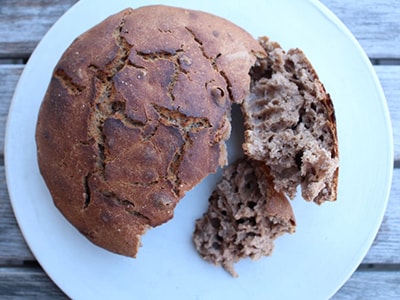
- Preheat the oven to 500⁰F.
- Mix all the ingredients, adding a little more water or flour to a consistency where it can be rolled.
- Roll the dough into thin sheets and cut them into bite-size pieces.
- Line them on an oiled baking sheet and prick each cracker with a fork.
- Bake for 3 minutes, flipping the crackers halfway through.
Coffee Cherry
Ground coffee beans are indispensable for making a beverage. The coffee cherry (Coffea arabica) is edible and can be eaten straight from the coffee tree. It can be brewed into a more potent coffee or dried and added into flour for pastry-making. Coffee berry also makes a nutritious smoothie.
Red Clover
As a fodder and medicinal herb, red clover (Trifolium pratense) is not particularly thought of as food. But like most herbaceous plants, red clover is also a nutritious herb. You can harvest its tender leaves and turn them into a salad or cook them like spinach. The dried seed pods and flowers are grounded into flour. When added to cakes, dried red clover leaves can impart a flavor similar to vanilla.
Wood Sorrel
Wood sorrel (Oxalis acetosella) has a distinct similarity in appearance with red clover. It has many species that grow all over the world. Sadly, they are considered weeds. Yet wood sorrel is full of powerful medicinal properties and is edible with a distinct lemony taste. It gives a sour flavor to foods when cooked as a potherb or used for salads. Its flowers can also be brewed to make a refreshing tea.
Mallow
Mallow (Malva sylvestris) proliferates easily in the wild and is also considered a weed. However, this perennial plant can be consumed in a number of ways. Different parts of the mallow plant offer different tastes. Its raw seeds have a nutty flavor that can be enjoyed as a snack. Young mallow leaves have a mildly pleasant taste and are used as a thickener for soups. Its flowers can be added to a salad, as a garnish or distilled into a liquor.
Forget-me-not
Forget-me-not (Myosotis) is one of the prolific yard invaders people tend to pull out and throw away. But its cute blue flowers can be of use in adding color and taste to salads and baked goodies. It makes a pleasing cake decoration and it can also be processed into candied blossoms. You can eat the raw flowers if you happen to pass by them on a trail.
Horsetail
Horsetail (Equisetum) is a brushy weed that grows in the most unlikely places like swamps and disturbed areas. Its young and tender shoots that appear in early spring are edible. They are cooked like asparagus or eaten as raw vegetables. Its stem has nodes that store a drinkable liquid for quenching thirst when you are trapped in the wild.
Angelica
In the field, angelica (Angelica archangelica) is hard not to notice when its numerous flower umbels start to bloom. The plant has a licorice-like flavor that can be used as a flavoring in confectioneries and liquors. Its leaves can sweeten tart fruits and be made into jams. When peeled, the stalks can be used like celery or crystallized on sugar for cake decorations.
Milk Thistle
The thorny nature of milk thistle (Silybum marianum) makes it an almost impossible food source. Harvesting this plant can be difficult, so people use thick gloves as protection. The entire milk thistle plant can be consumed. Milk thistle roots and young shoots are eaten raw or parboiled, and taste good with butter. The spiny bracts that surround the flower can be eaten like artichoke. Young milk thistle leaves and flower buds also offer a mild flavor that is good for salads.
Acorn
Acorns, the fruit from the oak tree (Quercus), are edible. However, it is not something you can just eat straight from the tree. Raw acorns have tannins that are toxic if not removed. Soaking the nuts in cold or hot water or boiling them can remove these tannins. Acorns are safe for eating when the water is already clear after several soakings. You can then roast them, grind them into flour or brew them into coffee to enjoy their nutty flavor.
Stinging Nettle
Stinging nettle (Urtica dioica) is another spiny wild plant that many are hesitant to touch in the wild. But its young leaves make a nutritious vegetable used for soups, salad, pesto and puree. Occasionally, stinging nettles are also used in cheese production such as Gouda.
Elderflower
Only two parts of the elderflower (Sambucus nigra) are safe for consumption – their flowers and ripe berries. Elderberries are toxic because they contain cyanide-inducing glucosides. All green parts of the plant are poisonous including its unripe fruits. However, when these green berries darken into purple and black, they become edible and safe. Its flowers can be made into cakes and biscuits. Ripe berries are cooked, dried and processed into wine, syrup or jam.
Fireweed
Fireweed (Chamaenerion angustifolium) is an invasive wildflower that can overwhelm the meadows. From their showy display, fireweed is also a substantial herb on its own. It is used as a medicinal plant or as a food source. All of its aerial parts are edible. The leaves can be added to salads and leafy green stir-fries. The flowers can be used as a garnish or processed into jelly. Take note that the plant grows really fast. You need to harvest them earlier before they mature into bitter-tasting plants.
Takeaway
When foraging for edible plants in the wild, remember to be critical. Do not eat a plant if you are unsure whether it is safe or not. While a vast majority of them are edible, a good number of them are also toxic. Others look similar but while one is palatable, the other can be noxious.

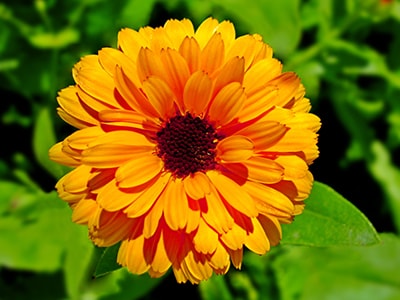
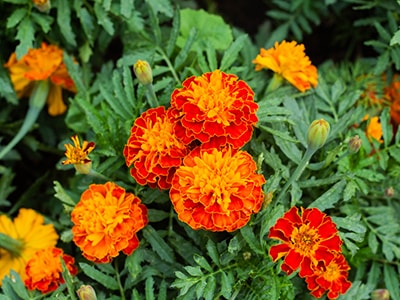
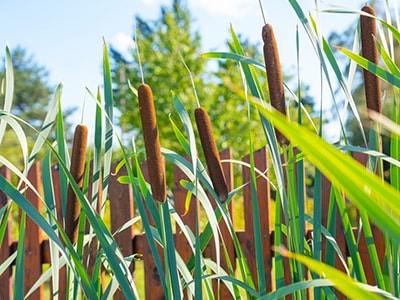
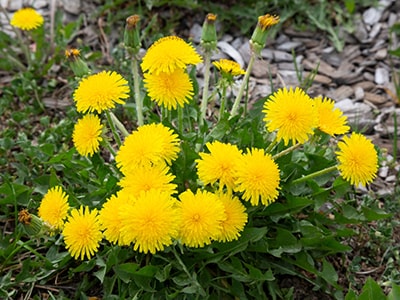
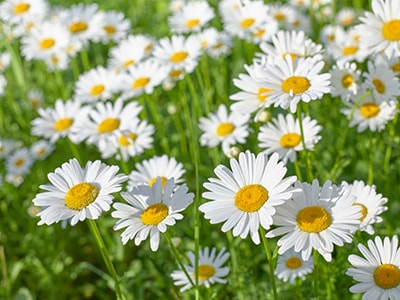
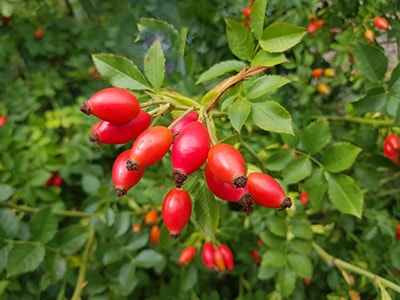
 Put the ingredients in a pot.
Put the ingredients in a pot.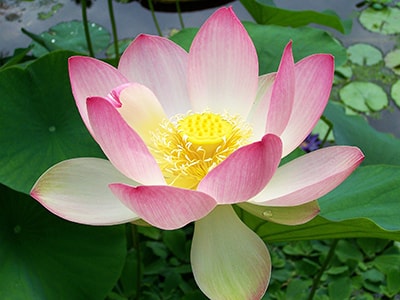
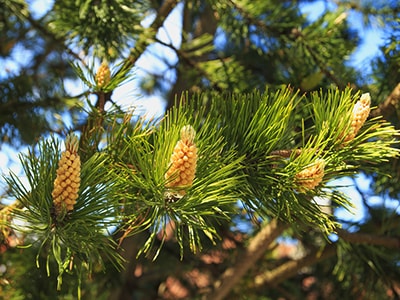
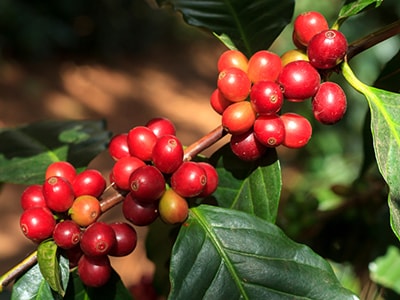
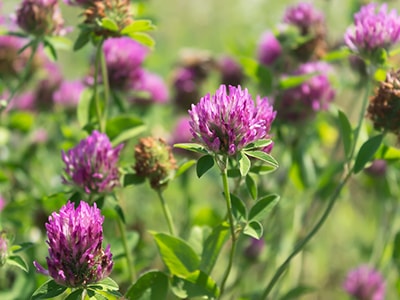
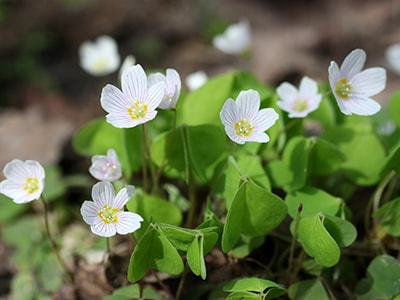
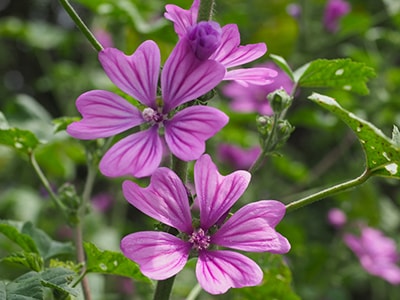
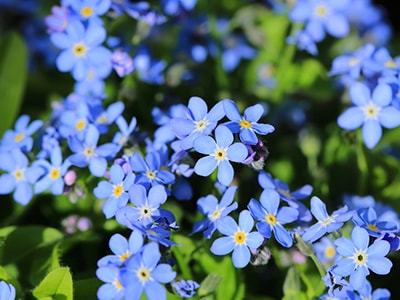
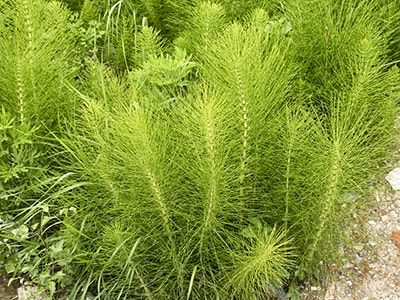
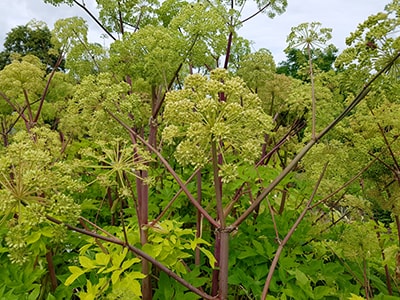
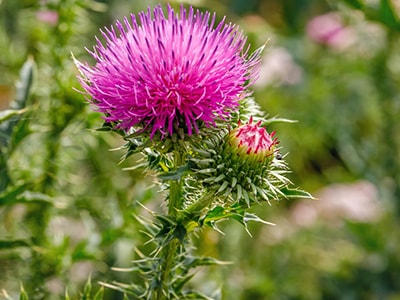
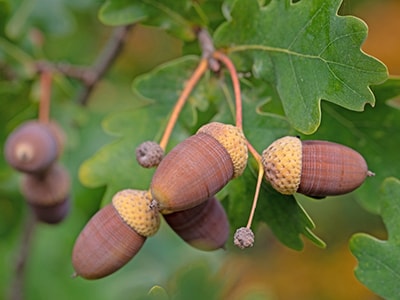
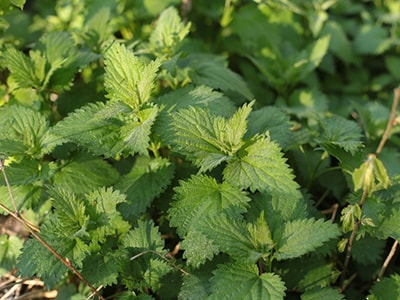
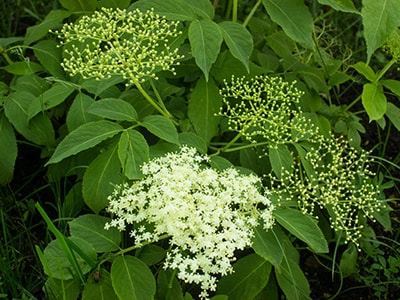
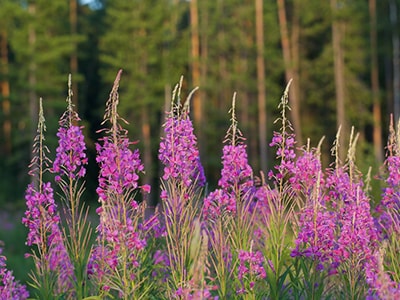
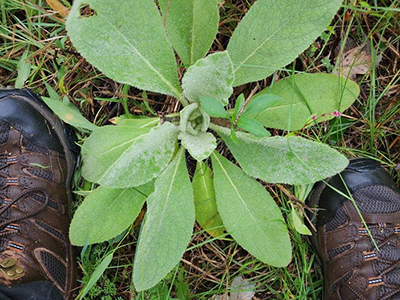
Hey, ya left out all the plantains! Baby leaves of the broadleaved variety tast a bit like mushroom. They also can be chewed into a poultice that stops bleeding and pain in a cut, and speeds up cell production on the healing process!
Chickweed and cleevers are also missing, along with hairy bittercress.
Hi Diana,
Thank you for your comment!
Plantain is a high-calcium, vitamin-A, vitamin-C, and vitamin-K-rich wild edible. Young, tender leaves can be eaten raw, while older, stringier leaves can be boiled and eaten in stews. The seeds can also be eaten.
For sure the list of wild edibles is an extensive one. We recommend checking out Nicole’s book, The Forager’s Guide to Wild Foods: https://foragersguide.com/
Many blessings and good health!
I live in a 253 year old Historic home! This info. and her books are incredible sources of info. to match your plants in your yard and for planning medical gardens! This is always a great backup if medications are or become hard to get!
Hi Gail,
Thank you so much for your kind words! We’re happy to hear you enjoy the books and articles!
Many blessings and good health!
Alert! The photo of Angelica may be misleading. A look-alike is Poison Hemlock. Be very sure you can tell them apart!
Hi Tamara,
Thank you for your point. Poison Hemlock is indeed a poisonous lookalike. Readers interested to research further about how to spot this poisonous plant can check out the article below:
https://thelostherbs.com/how-to-tell-the-difference-between-yarrow-and-the-poisonous-hemlock/
Many blessings and good health!
A long time ago, I tried marigold flowers one time raw out of my garden and had some kind of reaction on my lips. I spit it out. It was not edible.
Hi Thomas,
Marigolds are nontoxic to humans and are edible in small amounts, but eating large quantities may cause minor side effects, such as an allergic reaction. There are several edible marigold varieties, including pot marigolds (Calendula officinalis), French marigolds (Tagetes patula), African marigolds (Tagetes erecta), Mexican mint marigolds (Tagetes Lucida), and lemon marigolds (Tagetes tenuifolia).
Many blessings and good health!